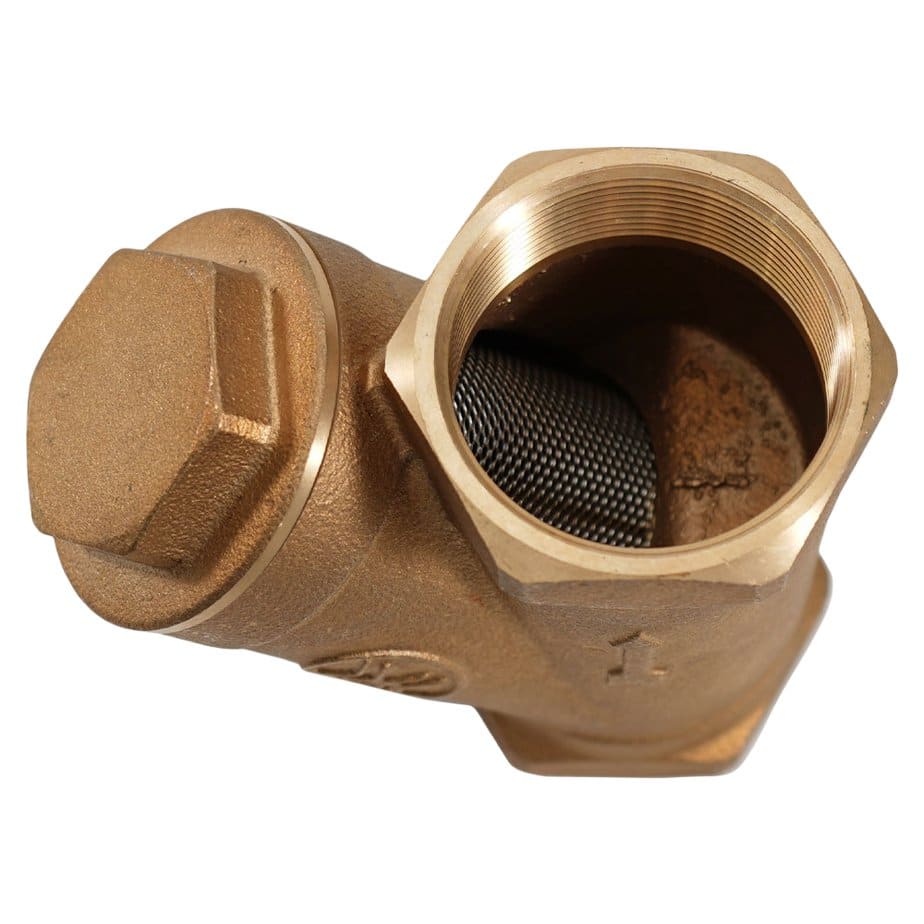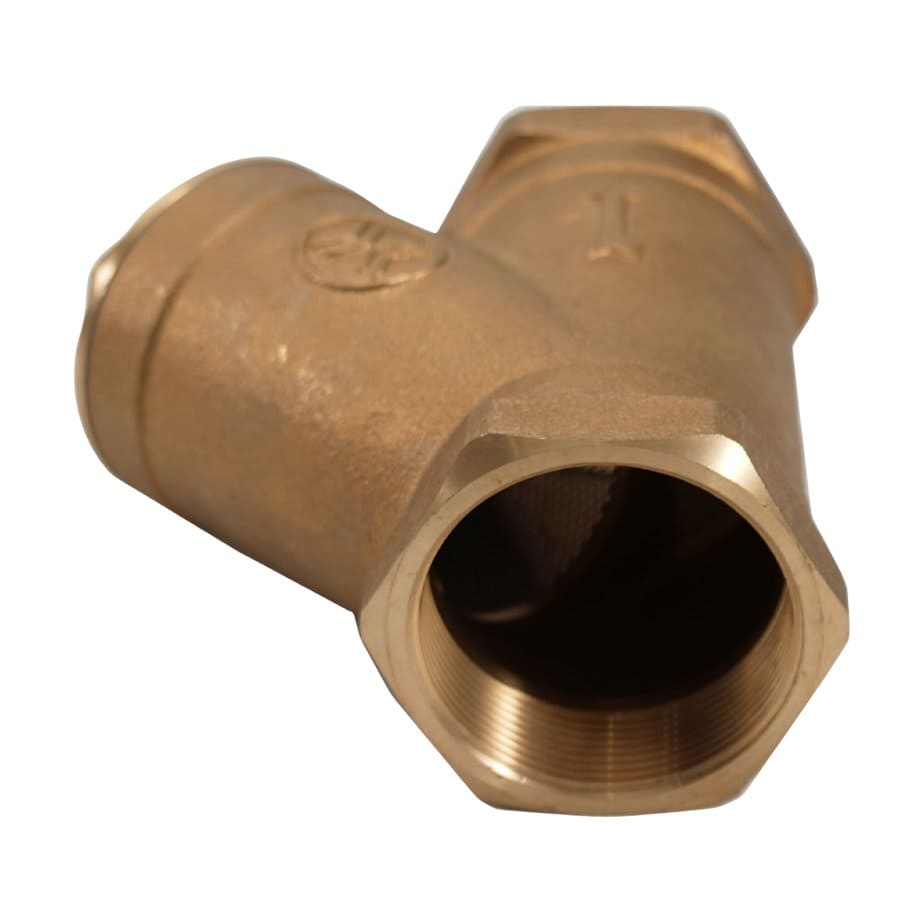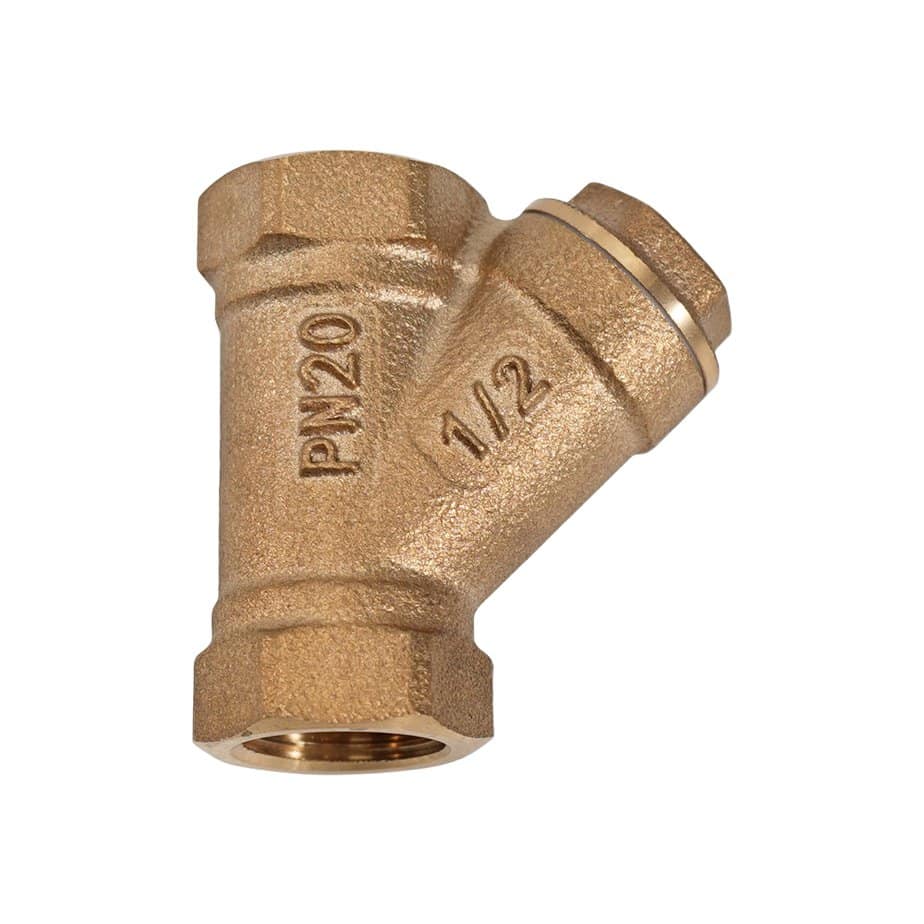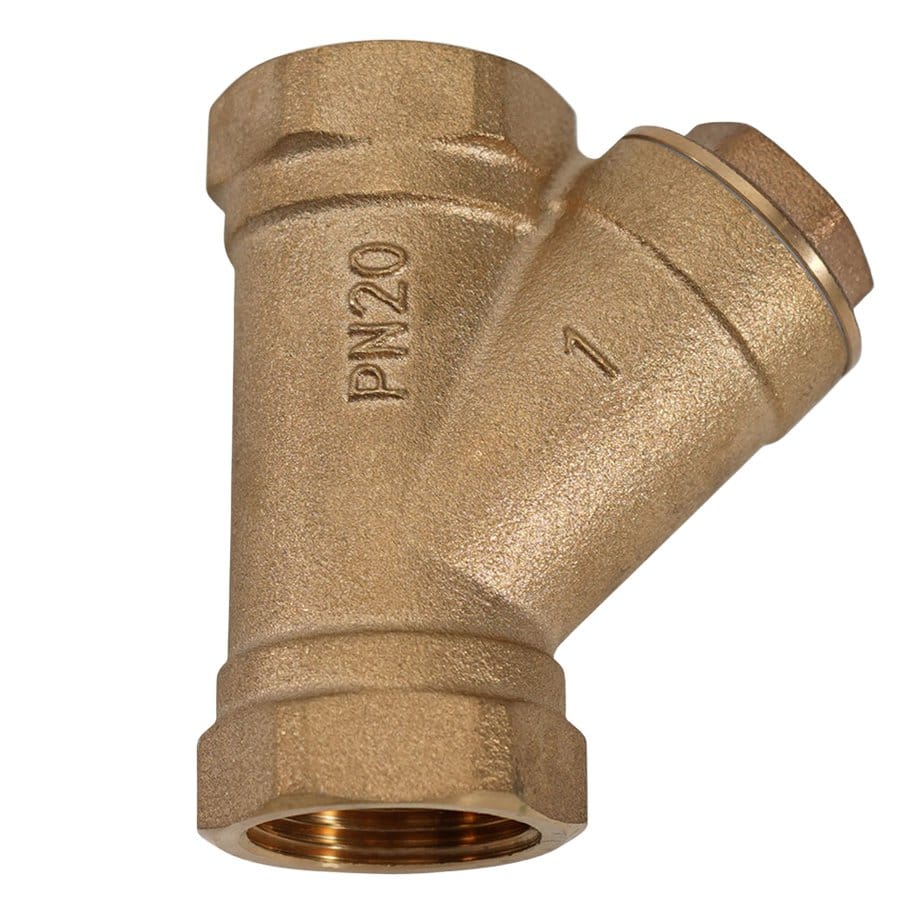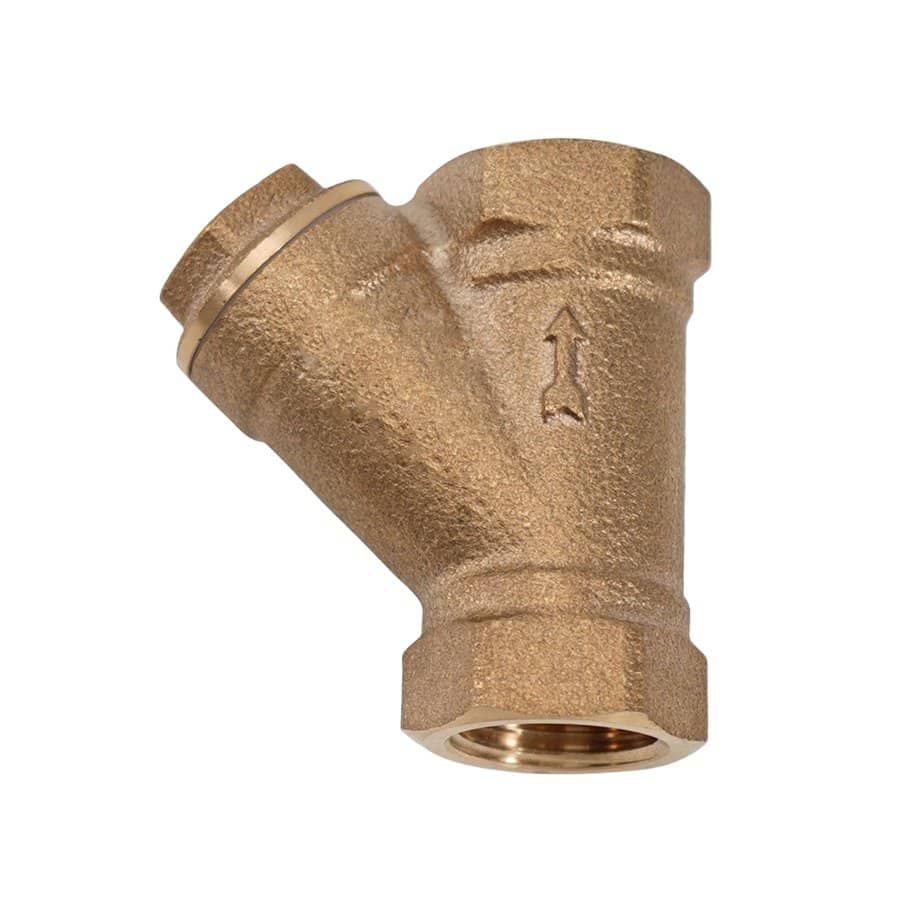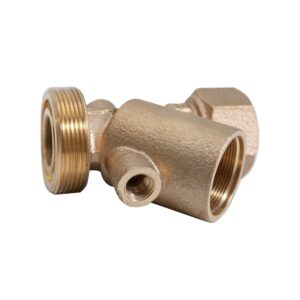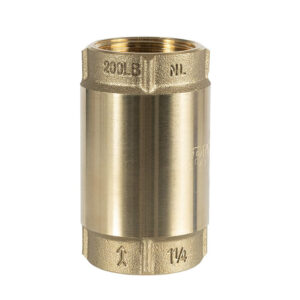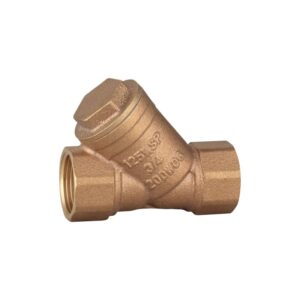Description
Bronze Y Shaped Water Strainer Valve Strainers
JX-0670
- Bronze Y-Strainer
- Size 1/4″ -6″
- Materials; C89833 Bronze
- Pressure rated to 400WOG/600WOG
- Operating temperature: -10°C to 110°C
- Media; Water; Seawater;
- Top-rated in the US and EU
- Production Capacity:100000pcs/month
- Bespoke is available.
- The temperature of Media: Normal Temperature
Brand Name: Plumberstar
FAQ
Eager to Know Our Quote?
Send your inquiry our way, and our team will delve into the details. Expect a comprehensive response from us within a mere span of 1-3 days.
Wondering About Our Roots?
We’re a dedicated factory operating right at the heart of production.
Curious About Our Expertise?
From mastering the art of sand casting, die casting, and forging to refining techniques like electroplating, PVD, and electrophoresis, we’ve honed a wide spectrum of molding and surface treatment processes.
Thinking of a Custom Creation?
Absolutely! Tailoring products to your unique specifications is our forte. Share your drawings or sample inspirations, and watch us bring them to life.
Awaiting a Prototype?
Patience will yield perfection! Our samples typically undergo meticulous crafting and are ready to marvel at within 30 days.
Eager for Your Bulk Order?
Our dedicated teams work diligently to ensure your mass-produced items are ready for you in approximately 30-45 days.
Puzzling Over Payments?
Our pricing flexibility includes options from FOB to CIF or even CNF. And when it’s time for the grand production? A 30% deposit kicks things off, with the balance reflecting upon the B/L. While T/T remains our prime payment mode, we’re open to accommodating L/C for our valued clientele.
Contemplating Delivery Modes?
For the love of smooth logistics, we generally set sail from the nearby Ningbo Port. But if speed’s the game, our proximity to Ningbo Airport and Shanghai International Airport allows for swift aerial dispatches.
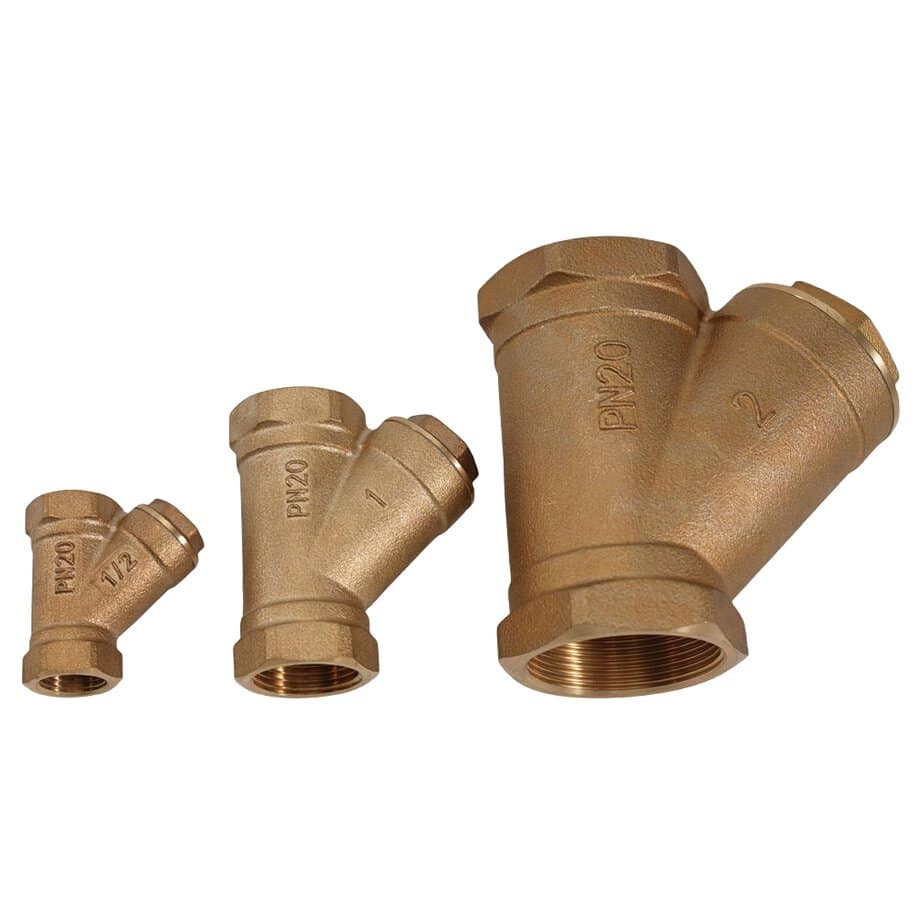
Bronze strainer valve
Bronze Y Shaped Water Strainer Valve Strainers Vs. Brass Y-shaped water strainer valve strainer
Water strainers are crucial for ensuring fluid systems’ efficient operation and longevity by removing particles and impurities. Two common materials used in these strainers are bronze and brass. Let’s dive into a comparison between bronze Y-shaped water strainer valve strainers and brass Y-shaped water strainer valve strainers.
Material Properties:
- Bronze: An alloy primarily consisting of copper and tin. It might contain other elements like aluminum, manganese, or phosphorus. It is known for its strength, wear, and corrosion resistance, especially against seawater corrosion.
- Brass: An alloy of copper and zinc with varying proportions. It may include other elements to achieve desired properties. Brass generally exhibits good machinability and corrosion resistance and is less expensive than bronze.
Durability:
- Bronze: The addition of tin provides strength to the alloy. Bronze valves tend to last longer, especially in corrosive environments.
- Brass: While durable, brass is softer than bronze and may wear out faster in high-pressure or high-flow environments.
Corrosion Resistance:
- Bronze: Exceptional resistance, especially in marine applications. Ideal for systems that come in contact with salt or brackish water.
- Brass: Good resistance, but not as high as bronze. Suitable for freshwater systems but may corrode faster in saline environments.
Understand Your Environment:
- Corrosiveness: If the system will come in contact with salt or brackish water, bronze’s superior resistance to corrosion makes it the preferred choice. For freshwater systems, brass might suffice.
- Temperature & Pressure: For high-pressure or high-flow environments, the durability of bronze might be preferable due to its robustness.
Determine the Application:
- Usage: For marine systems, chemical processing, or desalination plants, bronze strainers are often recommended. Brass is generally sufficient for residential plumbing, heating systems, or general industrial applications with non-corrosive fluids.
- Frequency of Use: Systems used intermittently might not require the longevity offered by bronze, making brass a cost-effective choice. Investing in a more durable bronze strainer for systems in continuous operation might be cost-effective in the long run.

